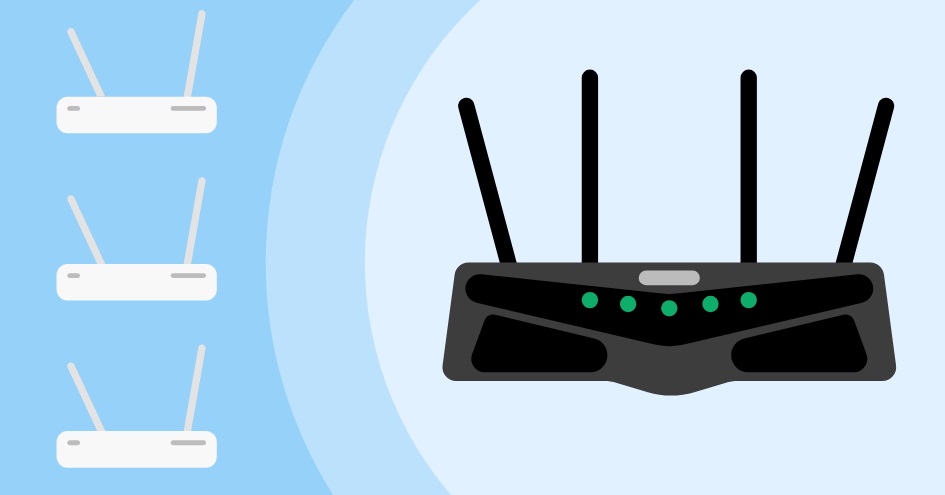IP stresser attacks an all too common threat facing organizations in a highly connected world. These volumetric denial-of-service attacks aim to overwhelm networks and infrastructure by flooding them with junk traffic. With stresser services readily available online, even amateur attackers launch devastating DDoS attacks with ease.
IP stresser threat
IP stressers, also known as booters or DDoS-for-hire services, enable customers to launch distributed denial-of-service (DDoS) attacks quickly and easily. These services rely on botnets – networks of compromised PCs, servers, and IoT devices infected with malware. how does a ip stresser work? Customers rent access to this collective firepower to bombard targets with overwhelming volumes of malicious traffic.
Common attack types include UDP floods, ICMP floods, SYN floods, HTTP floods, and more. Attackers aim to exhaust bandwidth, crash servers, and ultimately take targets offline. Prices range from just a few dollars to launch small 1-5 minute attacks to thousands of dollars for sustained large assaults. Stresser services advertise openly online and continue growing in popularity among petty cybercriminals and extortionists due to their simplicity. That makes them one of the top threats to enterprises worldwide to DDoS.
Core principles for mitigation
With stressers posing such a formidable threat, organizations absolutely must take them seriously and make DDoS mitigation a top priority.
- Assume you will be attacked – Don’t underestimate the likelihood of your organization becoming a stresser target at some point.
- Take a multi-layered approach – No single tool or tactic fully neutralizes the threat. Combine multiple techniques for defense-in-depth.
- Distribute protection – Implement safeguards at the edge, on-premise, and in the cloud for maximum coverage.
- Automate where possible – Automatic protections provide faster, more consistent response.
- Monitor vigilantly – Actively watching for anomalies and patterns of abuse enables early detection.
- Have an incident plan – Ensure rapid, effective response when attacks do occur to limit damage.
- Practice and drill – Validate defenses through simulations and exercises to surface gaps.
These principles establish a robust security posture optimized for the realities of today’s stresser landscape. With this foundation in place, specific mitigation techniques be applied.
Architecting robust defenses
To maximize effectiveness, multi-layered defenses should be architected. On-premise safeguards provide immediate protection, while cloud-enabled tools offer scalability to block attacks of any size.
Here is an example of robust multi-layer anti-stresser architecture:
- DDoS mitigation service – absorbs volumetric attacks in the cloud
- Web application firewall – filters layer 7 application attacks
- Firewalls with DDoS plugins – detect anomalies, connection floods
- Load balancers – distribute traffic across multiple servers
- Rate limiting – prevents request floods
- IP reputation blocking – blacklists stresser IP addresses
- Null routing – instantly drops attack traffic
- Detailed logging – provides visibility into attacks
This combination of in-house and cloud-based defenses offers protection across the kill chain. Advanced DDoS mitigation services are the most critical component, with on-premise tools providing additional safeguards.
Responding to active attacks
Even with strong defenses, some attacks may still impact operations having an incident response plan is critical. When an attack occurs, trained responders should:
- Activate DDoS mitigation service if not already engaged
- Null route attack traffic at edge routers to halt floods instantly
- Blacklist aggressive IPs reputation feeds identify as stresser nodes
- If needed, temporarily block all traffic from the country the attack originates from
- Notify affected customers of potential service disruptions
- Begin forensic analysis of logs to trace attack source
- Document impacts and damage to support legal action
With these steps, the effects of even a successful stresser attack be minimized. Detailed post-attack analysis then enables defense strengthening.





